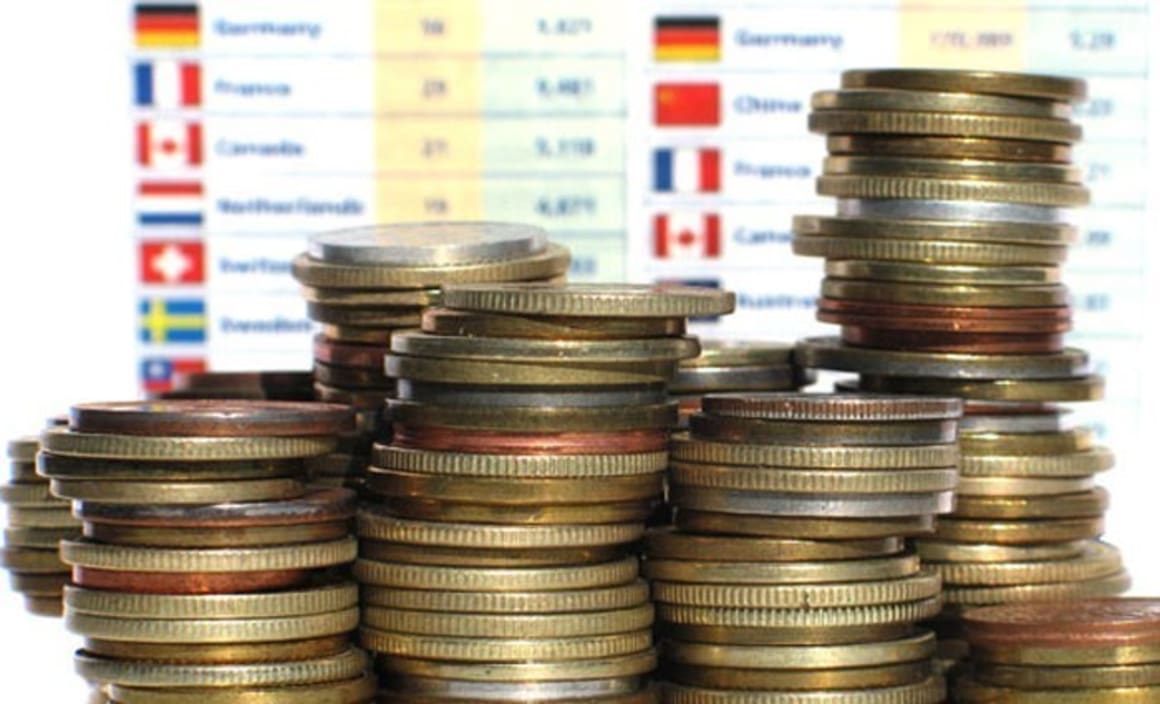Hobart hits the top 50 global cities index: Knight Frank

Australian property prices increased in the first quarter of 2017 with Hobart prices strengthening for the second quarter according to the Knight Frank Global Residential Cities Index.
The index found it is likely the positive capital growth experienced over recent years will not be as strong over the next 12 months in Sydney and Melbourne.

According to the index, Sydney is at 23rd on the list, with 14.4% price growth over the year to Q1 2017. This time last year, it was 30th on the index with 9.7% annual growth in the year to Q1 2016.
Melbourne is 24th on the index with 13.4% price growth; up from 28th place with 9.8% growth in the year to Q1 2016
Hobart sits at 34th on the list with 11.3% price growth – up from 77th place with 4.2% growth.
Chinese cities still dominate the top rankings.

Michelle Ciesielski, Knight Frank’s Head of Residential Research, Australia said four Australian cities have reappeared in the top 50 of our global index in Q1 2017.
"There were no Australian cities in the top 50 six months ago, when prices started to move towards a more sustainable level of growth," she said.
“The index clearly represents the different pace of property growth around Australia with three in the bottom 50 and this was acknowledged by the Reserve Bank of Australia earlier this week when interest rates remained unchanged by the Board for the tenth consecutive month.
“Australia’s highest ranking city was Sydney in 23rd position with 14.4% annual growth in Q1 2017. Although by the end of May 2017, Sydney annual median capital house values shifted back to 10.8%. Melbourne followed in 24th position with 13.4% annual growth, although falling to 11.1% in May 2017.

“Given the annual volume of house sales across Australian capital cities was collectively down 1.3% and apartment sales were only up 2.6% over the year ending May 2017, it’s likely the positive capital growth experienced over recent years will not be as strong for the second half of 2017 and into 2018.
“Many factors are influencing how the residential market performance is played out over the coming months. Many states have ramped up incentives to encourage more first home buyers into the market, lenders have increased mortgage rates for investor and interest-only loans, stamp duty concessions have been removed for off-the-plan purchases in Victoria and steep surcharges and fees have been imposed on foreign buyers, most recently announced in South Australia."